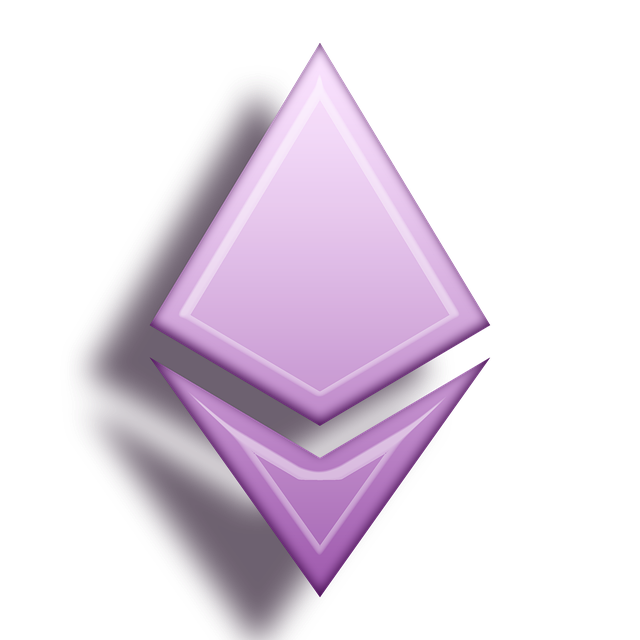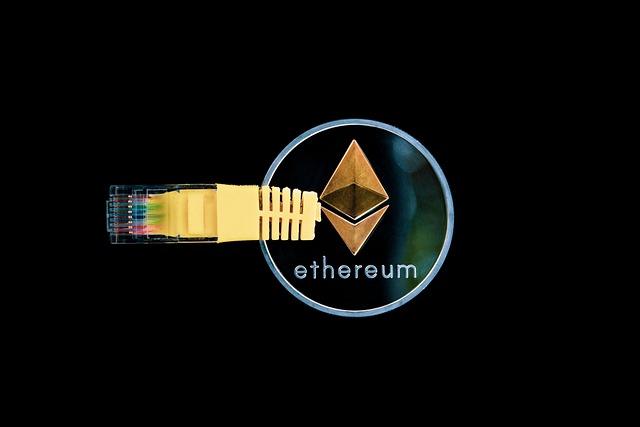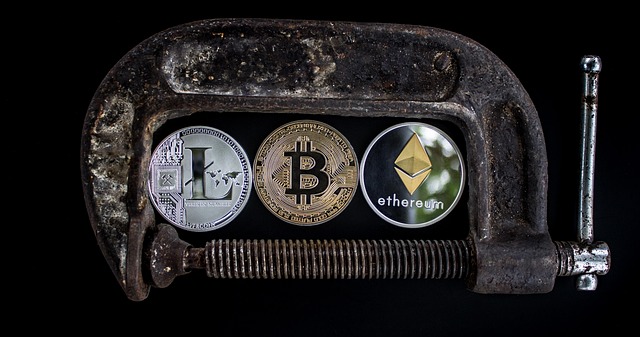
Ethereum, despite its pioneering role in blockchain technology, struggles with scalability as popularity surges. Layer 2 solutions and rollups, innovative off-chain scaling mechanisms, offer faster, more affordable transactions without compromising security or decentralization. Rollups, leading among these, aggregate transactions off-chain, dramatically increasing throughput while maintaining core blockchain principles. Implementing rollup networks addresses transaction speed and cost issues, making decentralized applications (dApps) more accessible. However, it requires careful security considerations and meticulous design to preserve Ethereum's transparency and decentralization. The future success of Ethereum relies on balancing scalability with security through Layer 2 solutions like state channels and zk-Rollups.
Ethereum, a revolutionary blockchain, faces scalability challenges as its popularity surges. To address this, developers have turned to Layer 2 solutions and rollups, offering innovative ways to enhance transaction speed and reduce costs. This article explores these cutting-edge technologies, delving into Ethereum’s scalability issues, the rise of Layer 2, and how rollups are shaping the future of decentralized applications. Discover the potential benefits and unique considerations of implementing rollup networks and understand why they’re poised to play a pivotal role in Ethereum’s evolution.
- Understanding Ethereum's Scalability Challenges
- Introducing Layer 2 Solutions: A Paradigm Shift
- Rollups: The Emergent Favorite for Layer 2 Scaling
- Benefits and Considerations of Implementing Rollup Networks
- The Future of Ethereum: A Balanced Approach to Scaling
Understanding Ethereum's Scalability Challenges

Ethereum, despite its groundbreaking role in the blockchain space, faces significant scalability challenges as it continues to grow in popularity and demand. As a decentralized network, Ethereum processes transactions through a mechanism called Proof of Work (PoW), which requires immense computational power and results in slower transaction speeds compared to centralized systems. This issue is further exacerbated by the limited capacity of its mainnet, leading to higher gas fees during periods of high network congestion.
The current state of Ethereum’s scalability has prompted developers to explore innovative Layer 2 solutions and rollups. These off-chain scaling mechanisms aim to handle transactions outside the main Ethereum blockchain, reducing load and improving efficiency. By utilizing techniques such as data availability proofs and selective data commitment, Layer 2 solutions promise to enable faster, cheaper, and more scalable transactions while maintaining the security and decentralization that Ethereum is known for.
Introducing Layer 2 Solutions: A Paradigm Shift

Introducing Layer 2 Solutions represents a significant paradigm shift in how we think about scaling Ethereum. Traditional scaling methods, focused on increasing transaction throughput on-chain, are reaching their limits. Layer 2 solutions, however, offer a fresh approach by offloading computationally intensive tasks to separate layers, effectively creating a multi-tiered architecture. This not only enhances the main Ethereum chain’s performance but also ensures security and decentralization remain intact.
By utilizing techniques like state channels, sidechains, and rollups, Layer 2 solutions enable faster, cheaper transactions while maintaining the core principles of blockchain technology. These innovations are crucial for fostering a vibrant ecosystem, allowing Ethereum to support a broader range of applications and cater to a larger user base without compromising its foundational design.
Rollups: The Emergent Favorite for Layer 2 Scaling

Rollups have emerged as the favorite solution for Ethereum Layer 2 scaling, offering a promising path forward for the network’s growth. This innovative approach involves aggregating and batching multiple transactions off-chain, reducing the load on the main Ethereum blockchain. By processing data outside of the core chain, rollups significantly increase transaction throughput while maintaining the security and decentralization that Ethereum is known for.
Compared to other Layer 2 solutions, rollups provide a more scalable and efficient infrastructure. They enable faster and cheaper transactions by offloading computational work from the main network, ensuring that only essential data is stored on-chain. This makes rollups an attractive option for developers building decentralized applications (dApps) and users looking for enhanced Ethereum experience without compromising on scalability.
Benefits and Considerations of Implementing Rollup Networks

Implementing Rollup networks offers a promising path for scaling Ethereum, addressing key bottlenecks in transaction speed and cost. By aggregating multiple transactions into a single, more compact block, rollups significantly reduce the computational overhead and network congestion associated with traditional Ethereum blocks. This results in faster confirmation times and lower fees for users, making decentralized applications (dApps) built on Ethereum more accessible and economically viable.
However, adopting Rollup networks also introduces certain considerations. Security remains a paramount concern; as transactions are batched, ensuring the integrity and protection of user funds requires robust security measures. Additionally, while rollups offer scalability, they introduce complexity in terms of data availability and verification. Developers must carefully design and implement Rollup protocols to maintain the transparency and decentralization that are core principles of Ethereum.
The Future of Ethereum: A Balanced Approach to Scaling

The future of Ethereum lies in its ability to balance scalability with security and decentralization. As the network grows, handling increasing transaction volumes while maintaining fast processing times is paramount. Layer 2 solutions and rollups emerge as promising strategies to address this challenge. These off-chain scaling techniques enable faster, cheaper transactions by offloading data from the main Ethereum blockchain, ensuring a more efficient and accessible network for users worldwide.
By leveraging advanced technologies like state channels and zk-Rollups (zero-knowledge rollups), Ethereum can achieve remarkable scaling without compromising security. This balanced approach promises to make Ethereum more robust, user-friendly, and adaptable to the evolving needs of its global community, solidifying its position as a leading blockchain platform for decentralized applications and smart contracts.
As we’ve explored, Ethereum’s scalability challenges necessitate innovative solutions like Layer 2 solutions and rollups. These emerging technologies offer a promising path forward, enabling faster transactions and reduced costs while maintaining the security and decentralization that Ethereum is known for. The future of Ethereum lies in a balanced approach to scaling, leveraging both on-chain and off-chain advancements to meet the growing demands of its global user base. By embracing these solutions, Ethereum can continue to evolve as a leading blockchain platform, powering decentralized applications and fostering innovation for years to come.






